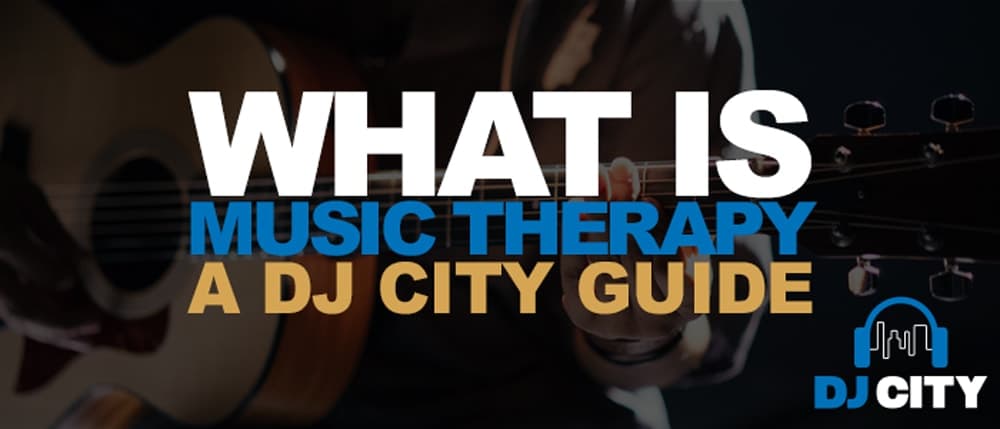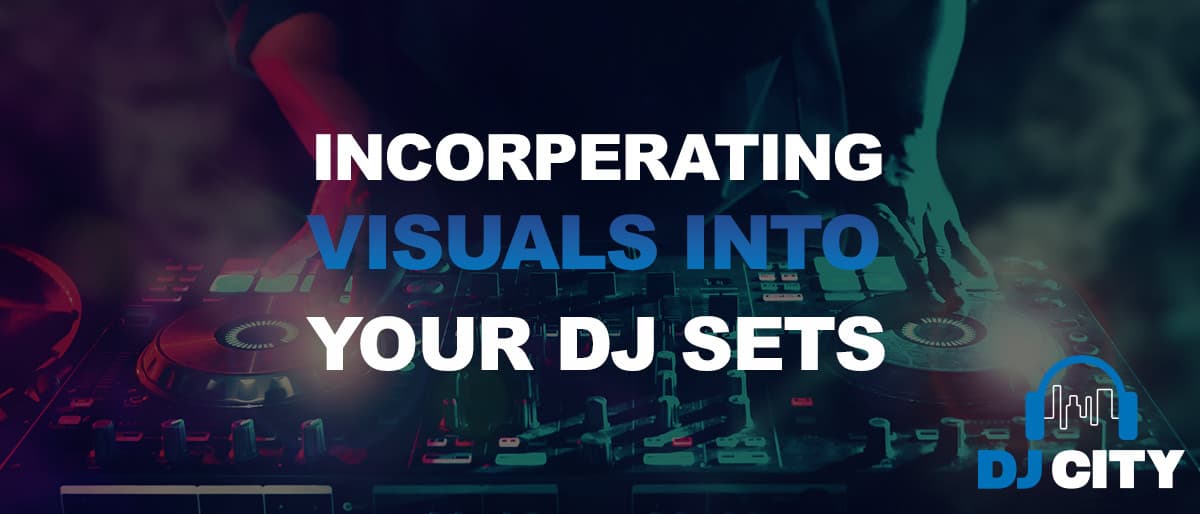
What Is Music Therapy?
As music lovers, we’re passionate about music! However, music is not only used for recreational purposes but boasts many therapeutic benefits as well. The Australian Music Therapy Association defines music therapy as a research-based practice and profession in which music is used to actively support people as they strive to improve their health, functioning, and wellbeing.
Registered music therapists draw on an extensive body of research, with the intentional use of music for therapy. Incorporating a range of music-making methods and techniques through a therapeutic relationship. You’ll find music therapists in a variety of professional sectors including health, community, aged care, disability, and early childhood.
Listening to and making music for therapy differs greatly from musical education and entertainment purposes; focusing solely on health and wellbeing. While musical skill is also irrelevant when it comes to music therapy. In this article, we go over the basics of music therapy, how it can be used and who it can help.
- What is music therapy
- Goals and objectives of music therapy
- Effects on clients
- Exercises for Adults
- Children
- Therapy for Dogs
What is Music Therapy
There are two types of music therapy: receptive music therapy and active, or expressive music therapy. Using active therapy, the patient engages in making vocal and/or instrumental music. While receptive therapy focuses more on listening to certain types of live or recorded music.
Receptive
Receptive therapy involves listening to certain recorded or live music, carefully selected by your therapist. This is shown to improve mood, decrease stress, decrease pain, enhance relaxation and decrease anxiety. Although not a cure for a disease, the use of receptive therapy can definitely help with skills related to coping with disease and illness.
Active
Whether singing or playing instruments – patients of active music therapy will engage in music-making in one form or another. For instance, one study proved that patients playing the harmonica can help improve lung function. While another taught elderly people how to play easy-to-use instruments to overcome physical difficulties.

Goals and Objectives of Music Therapy
The main goal of music therapy is to achieve specific objectives to meet the needs of individual patients. For instance, improving motor function, social skills, emotions, coordination, and personal growth.
As per Therapedia; Common goals often cover the development of:
- Communication skills (using vocal/verbal sounds and gestures)
- Social skills (making eye contact, turn-taking, initiating interaction, and self-esteem)
- Sensory skills (through touch, listening, and levels of awareness)
- Physical skills (fine and gross motor control and movement)
- Cognitive skills (concentration and attention, imitation, and sequencing)
- Emotional skills (expression of feelings non-verbally)
The Effects On Patients?
Music therapy has the potential to affect patients’ attention, emotion, cognition, behavior, and communication. As well as boost relaxation and pleasure, while increasing the patient’s skills in specific areas like pitch height and frequency modulation. Listening to music has several lasting effects on the activity of a range of brain structures. As a result of several neurological studies, we know music directly affects the core structures of emotional processing. Whether you’re a musician or not.
While studies are constantly ongoing, it’s thought that making music can also be used to treat disorders specifically related to dysfunctions and imbalances within the nervous, endocrine, and immune system.
Depression & Anxiety
Evidence suggests that using music in combination with medication can have a positive influence on people with depressive disorders such as depression. Participants don’t need to possess musical skills, however, patients who are motivated to work actively with a therapist are likely to see more convincing results.
Similar to depression, music can have similar effects on patients struggling with anxiety. Offering a way to calm down and relax; promoting positive energy as a means of managing stress, anxiety and anger issues. Given that music has been shown to relax your muscles, it’s also capable of relaxing your mind. Therefore, decreasing tension worry and stress you may not have even realized you were carrying.
Dementia
Music is also shown to have a positive impact on Dementia and Alzheimer’s patients. Using sounds to awaken parts of the brain not affected by the disease, promoting singing, movement and even brief moments of reconnection with loved ones. Choosing music from a patients young adult years (18-25) is shown to give the best results. Offering the most potential for recollection and positive engagement.
As a result of music, several studies have shown improvements in dementia symptoms and a general sense of wellbeing. While also showing a decline in some behavioural issues towards caregivers. Even in later stages of dementia, the use of music can shift mood, provide a sense of control over life, manage stress, stimulate positive interactions with others, facilitate better brain function, and coordinate motor movements.

Music Therapy Exercises for Adults
There are endless exercises for adults used by music therapists worldwide. Below are some of the most common, what they involve, and how they can help benefit the health and wellbeing in Adults.
Improvisation
Improvisation when it comes to music performance, calls on your cognitive skills to create sounds and music you’ve never heard before. Therefore, you become more mentally flexible while participating in such an in-the-moment exercise. Whether you work from basic chords to improvise a melody or follow simple instructions from your therapist; improvisation has proven benefits for your mind!
Songwriting
Songwriting is another proven music therapy technique. Often guided by your therapist, this is a simple exercise that almost all adults can take part in. If you’re more musically inclined, you may even create a melody and harmony too – for added benefits. Songwriting allows you to deal with your emotions constructively, which is an important aspect of therapy. Therefore giving you a chance to do mental work that’s not only fun but also beneficial to your mental health.
Drumming
Often performed in groups, drumming is a great exercise for getting patients involved with their therapy, as well as engaging with others. Therefore, it’s particularly helpful to people who have difficulty communicating in social situations, and people with autism. Providing a way to interact with others using the drum beats on a nonverbal level.
Performances
Performing music is a great exercise for building self-esteem. Supported by their therapist, in a group setting with or without an audience gives patients the opportunity to build self-confidence. Through making a plan, following through with it and finally, achieving success!
Movement to Music
Both a receptive and an expressive technique, moving to music can help a patient feel a deep connection between the mind and the body. Resulting in relaxation and reduced stress levels. Therefore, becoming more comfortable with who they uniquely are.
Receptive Listening
Receptive listening is a technique used to listen to music in a focused way. Allowing therapists to help people talk about and come to terms with the problems they’re facing within their lives. Therefore, helping to build a framework for a better life.
Lyric Discussion
Music therapists often use the discussion of lyrics to help patients identify certain problems in their lives, and understand them better. Often bringing up intense feelings and relationship issues, giving the therapist an opportunity to help the patient deal with them.
Music Therapy for Children
Music therapists often use live and familiar music in conjunction with physical, social and cognitive activities to stimulate development in infants and children. Promoting interaction, participation, and motivation in young children, especially those already battling disorders such as autism. Reducing irritability and pain, as well as encouraging family bonding by using soothing music. Making music and writing songs alongside music therapists is largely beneficial in developing creative self-expression in infants and young children. Other exercises for kids include Musical Bingo, Musical Hot Potato, and singing a selection of songs in group environments, to promote social interaction.
In contrast, Adolescents play a much more active role when deciding on a music therapy program. Often exploring a range of different activities to find exercises that feel right to them. Including but not limited to songwriting, improvisation, and singing songs by their favourite artists. Even using technology like our selection of Digital Audio Workstations to produce personalized audio and visual projects. Using live music in addition to relaxation techniques is an effective way to reduce pain and anxiety in adolescents.

Music Therapy for Dogs
Not only for humans, but music therapy is also proven to work with man’s best friend. Embedding canine-friendly frequencies to relaxing music in order to reduce stress and separation anxiety seen in dogs. This technique is even more popular than you might think. With production company RelaxMyDog reaching upwards of 10 million users a month. With an 87% success rate, according to listeners, this exercise might be worth testing out on your dogs! Check out this clip below for some of the best therapy music to play for your dogs
There you have it, music therapy can be beneficial to many people suffering from a host of different mental and physical problems. As well as provide a positive influence and sense of escape to your average listener. So if you’re feeling a little stressed out, we recommend picking up a pair of our studio-quality headphones, zoning out and listening to your favourite tunes, it’s proven to promote positive results!










